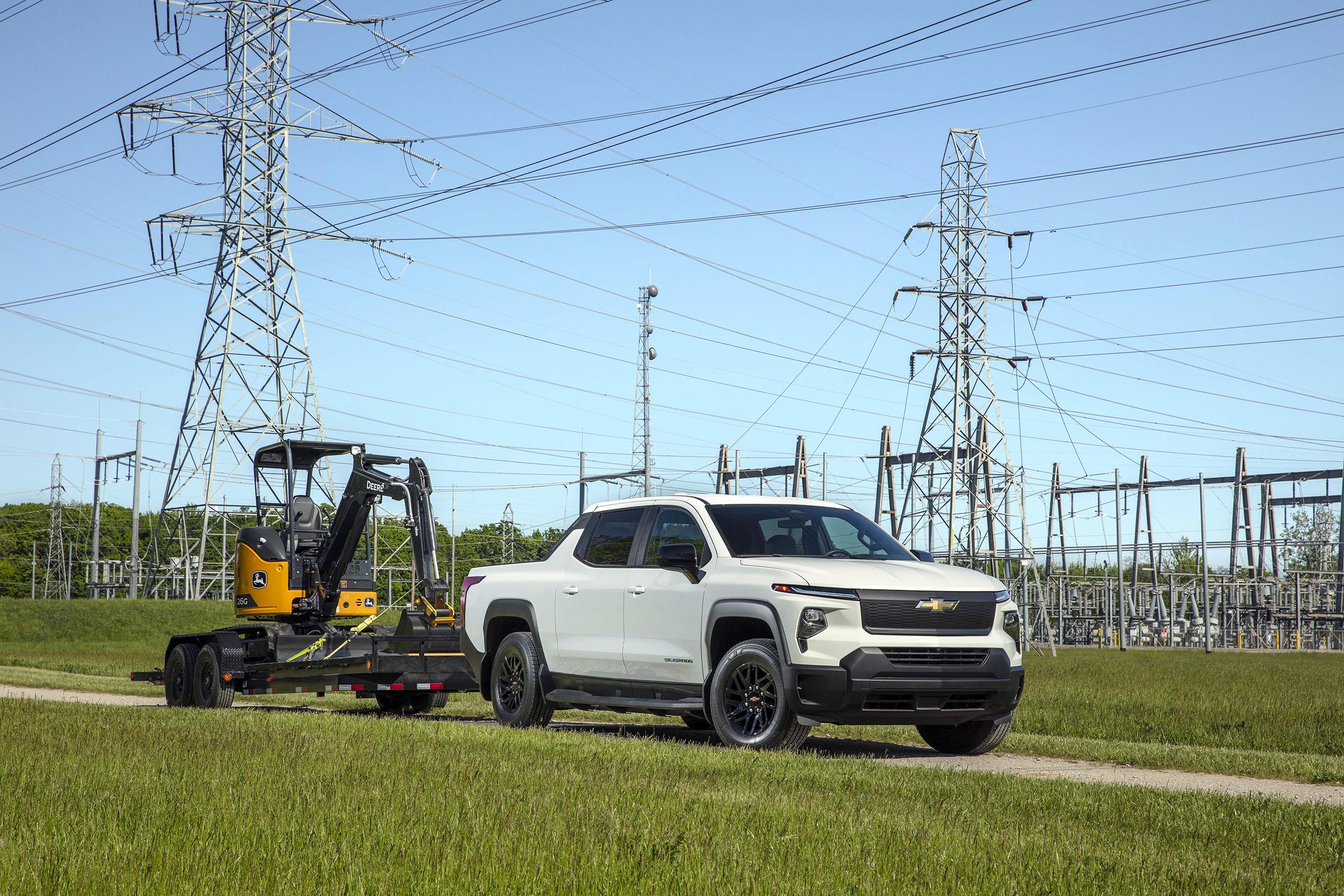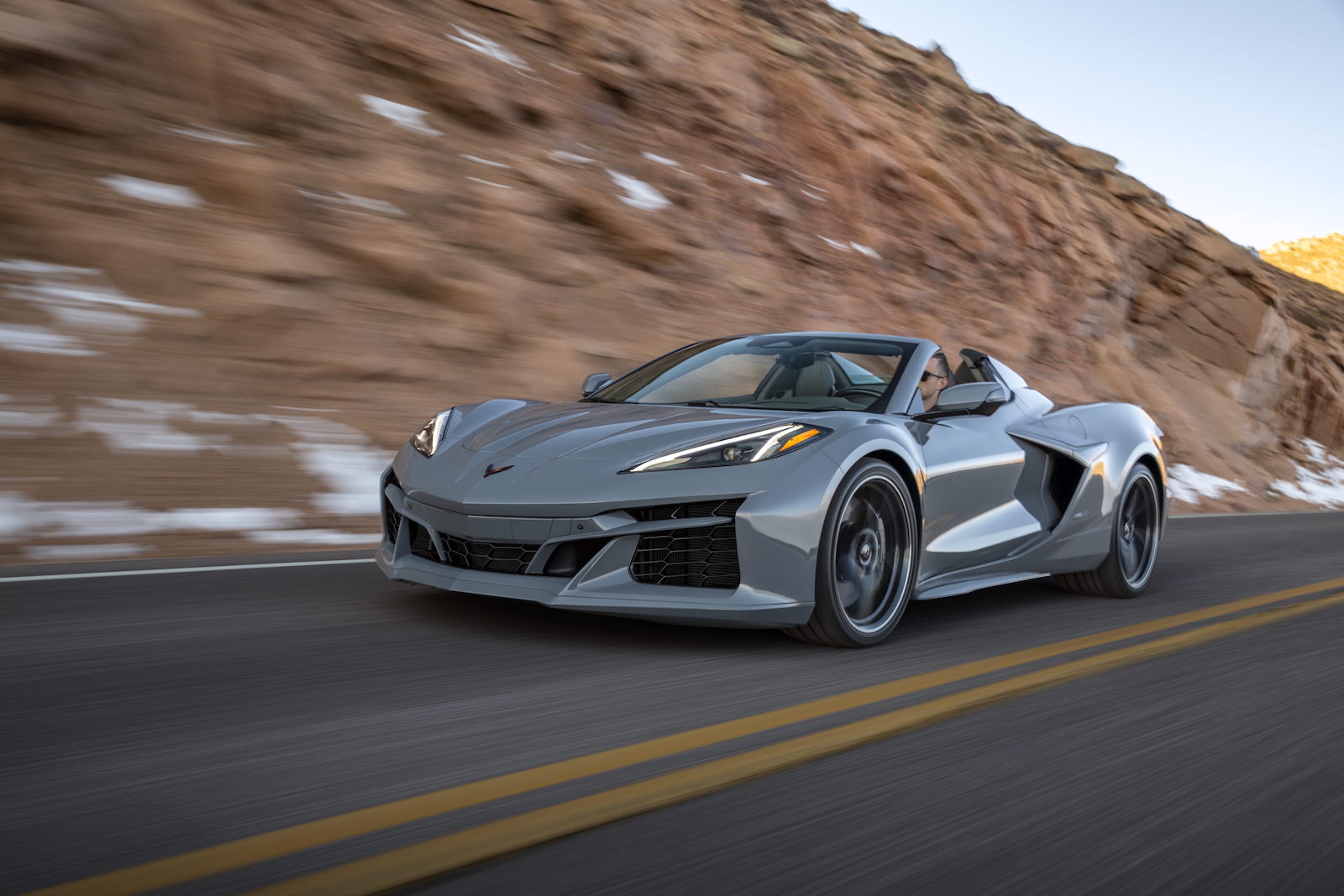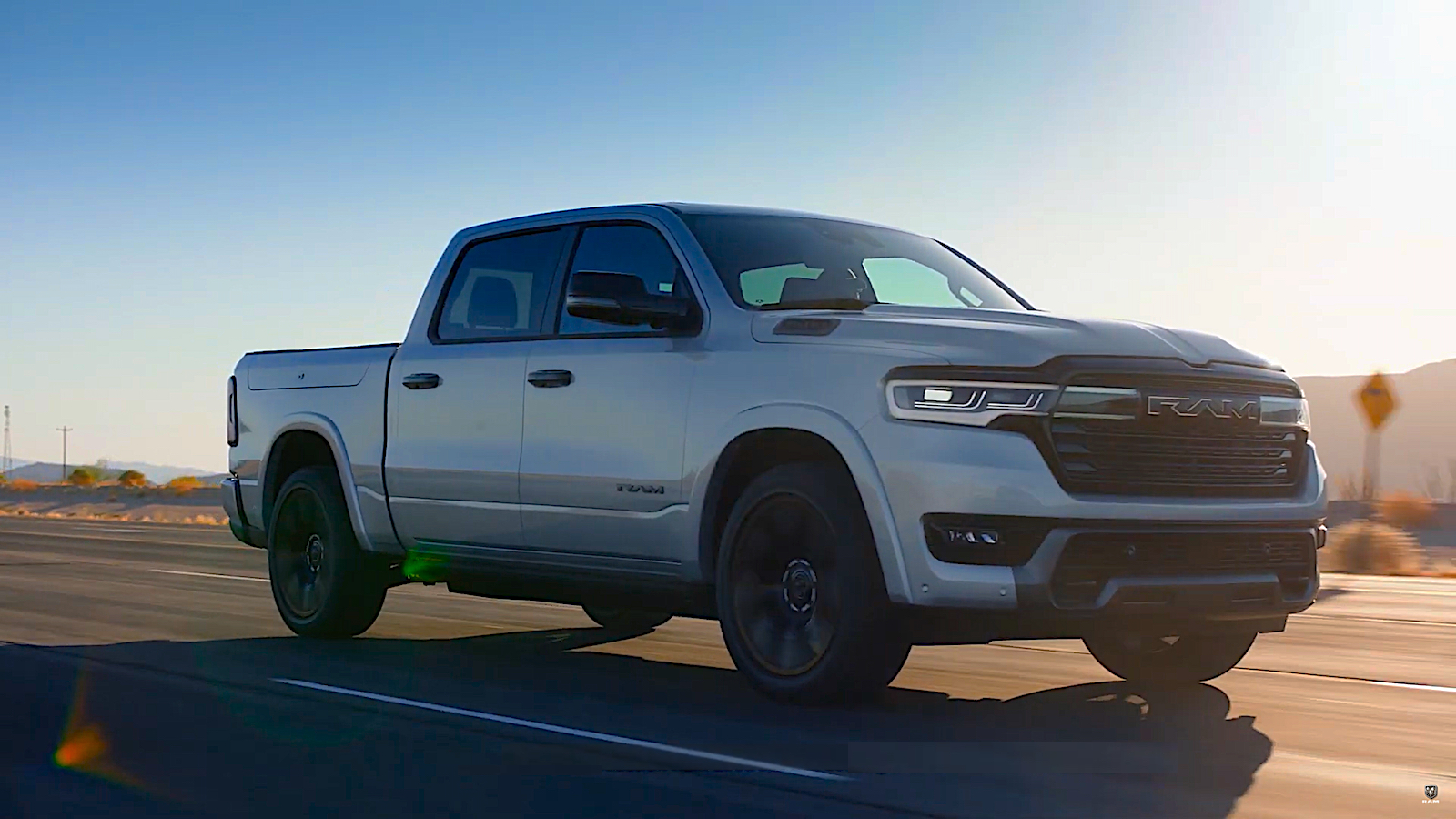With EV sales growth slowing down, General Motors “is currently assessing” its massive investment in battery-electric vehicles. And, while it remains committed to what CEO Mary Barra has dubbed “an all-electric future,” it may put more emphasis on hybrids and plug-ins, at least in the near-term future.
GM isn’t the only automaker thinking about slowing down its rollout of new EVs, instead addressing strict new emissions regulations by expanding the use of gas-electric technology, a number of sources have told Headlight.News.
“The transition to EVs is going to take longer than the industry expected,” said Sam Fiorani, chief analyst with AutoForecast Solutions. “In the meantime, we’re going to need hybrids to keep up with (federal and state) emissions standards.”
“A path to an all-electric future”
Few automakers have made a more aggressive commitment to battery-electric vehicles than GM, CEO Barra fond of saying the carmaker is on a “path to an all-electric future.” The flagship Cadillac brand, for example, has already revealed plans for four EVs set to reach showrooms by 2025, with its entire line-up scheduled to go all-electric by 2030. The other GM brands are currently scheduled to make that shift by 2035.

The commercial version of the all-electric Chevy Silverado EV is launching at a time when EV sales momentum has suddenly slowed after four years of rapid growth.
GM’s EV roll-out has gone slower than expected for initial offerings like the Cadillac Lyriq, partially the result of supply chain and related manufacturing issues, but there’s also been a shift in the marketplace.
On the positive side, all-electric vehicles have grown from less than 1% of the retail new vehicle market in 2019 to about 8.5% this year, said Tyson Jominy, head of data and analytics at J.D. Power.
But there may be detours ahead
But “EVs have become a tougher sale” in recent months, Jominy said in a phone interview. At the same time, hybrid and plug-in hybrids currently account for 8.9% of the market, a gain of 3.4 points in barely a year, according to Power data. “And they’re selling on their own merits,” he added, noting that only plug-in hybrids, or PHEVs, qualify for federal incentives.
In recent weeks, a number of manufacturers have announced cuts and delays to their EV programs. Ford has pushed back about $12 billion in EV investments. Among other things, it is delaying one of two battery plant projects in Kentucky, while reducing the size of another plant in Michigan by 40%.
GM is pushing back the reopening of an EV assembly line in Orion Township, Michigan, and CEO Barra said during an earnings call last month that it is “moderating the pace” of its push by “taking immediate steps to enhance the profitability of its EV portfolio.”
“Assessing…future investments”
Like other manufacturers, however, GM can’t simply shift back to a line-up based on internal combustion engines, not in light of the increasingly tough emissions standards state and federal lawmakers have put in place.
As a result, the automaker said in a statement today that it “is currently assessing potential future investment.” While GM added that “No final decision has been made,” sources both in and outside the company told Headlight.News that the automaker will add both conventional hybrid-electric vehicles, or HEVs, as well as PHEVs.
At the moment, GM offers only one HEV, the Chevrolet Corvette E-Ray, having dropped all other hybridized models as it put its focus on battery-electric vehicles. But analyst Fiorani anticipates several more will join the U.S. line-up “by 2025 or 2026,” and he expects GM to focus on “full-size pickups and full-size sport-utilities because they’re the bread-and-butter” of the company, generating the majority of its North American earnings.
“It will depend on the market”
Additionally, GM is already working up plans to add gas-electric models in other key markets, two sources familiar with the automaker’s product plans told Headlight.News. “It will depend on the market,” said one.
There is already strong demand for plug-ins in China, they noted, as well as for pure electric models. And sales are growing for both conventional hybrids and, to a lesser degree, plug-ins in South America.
For its part, Ford recently signaled it will also accelerate the roll-out of both HEVs and PHEV. And Fiorani said he expects Stellantis to adopt a similar strategy. That would come as no surprise in light of comments the chief executive of that Euro-American automaker has made of late. CEO Carlos Tavares told Headlight.News earlier this year that he saw greater opportunities for a mix of hybrids and battery-electric vehicles than for just EVs. Notably, Stellantis will bring out the Ram 1500 Ramcharger, a gas and electric, range-extended version of its all-electric Ram 1500 REV to address concerns about range and public charging.
Just what Toyota was hoping for
He’s not the only one. Toyota has long been resistant to moving solely to EVs, recently retired CEO Akio Toyoda warning that such a strategy could be destructive to the auto industry because of the costs involved.
His successor, Koji Sato, has expanded the number of EVs Toyota will bring to market but has pointedly emphasized that the company intends to continue with a mix of HEVs and PHEVs – such as its Prius and Prius Prime models – for the foreseeable future. It also plans to add hydrogen fuel-cell vehicles to the mix.
By next year, the Japanese giant will have 18 HEVs and PHEVs in its mix, U.S. Toyota brand boss David Christ noted at this month’s LA Auto Show where two new ones — including the 2025 Toyota Crown Signia — were introduced. In an interview with the Wall Street Journal, Christ said that strategy was validated by the “smoking-hot” demand for hybrid vehicles.
Biden EV targets could be tough to meet
One key advantage over EVs is their lower cost. The average battery-electric vehicles sold in the U.S. costs around $60,000, according to Kelley Blue Book, $12,000 more than overall industry average. Meanwhile, some entry level HEVs now start in the low- to mid-$20,000 range. The Toyota Corolla Hybrid, for one, has an MSRP of $25,038.
Any shift to hybrids raises the question of whether the industry can meet the 50% target for new EVs by 2030 laid out by the Biden administration.
Contrary to some reports, however, EV sales are not declining. For the first time ever, they’re expected to hit 1 million in the U.S. this year. But the pace of growth has slowed sharply. And analysts like Fiorani believe it could take several years to regain momentum. Lower prices, better batteries and an improved public charging network are frequently cited as the challenges that need be overcome. In the meantime, efforts to go all electric seem to be headed for a detour.






0 Comments
Trackbacks/Pingbacks